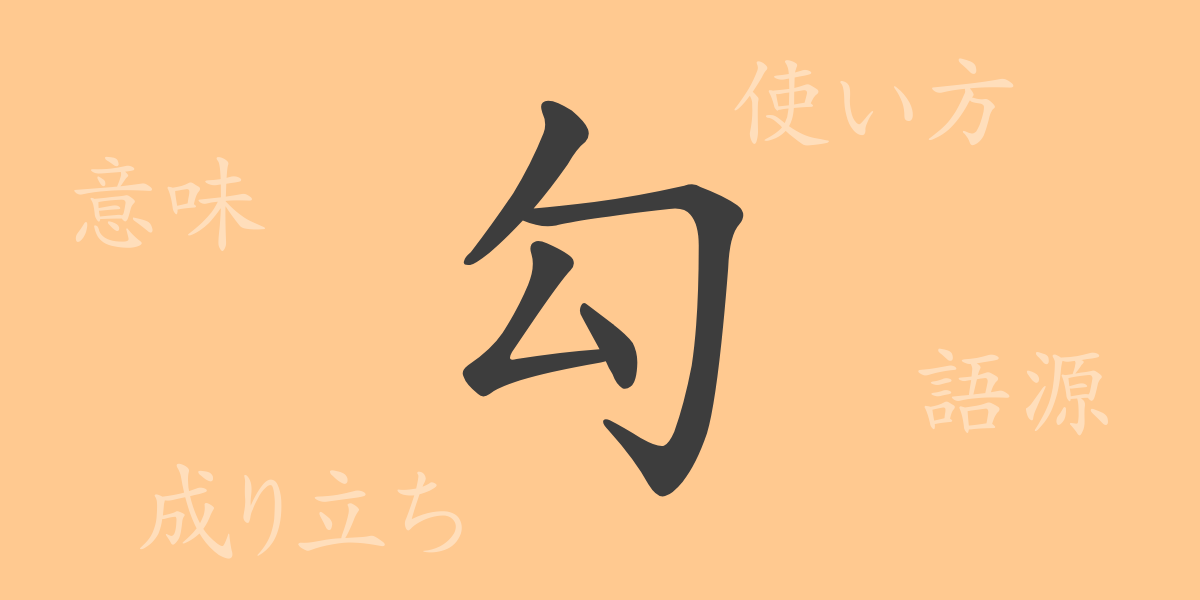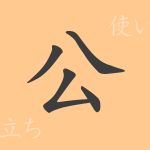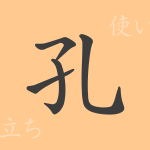Japanese is rich with kanji characters, each holding its own history and meaning. Among these, “勾(こう)” is a lesser-used but historically significant kanji. In this article, we explore the charm of “勾(こう)”, delving into its origins, meanings, uses, and related idioms and proverbs.
Origins of 勾 (Etymology)
The kanji “勾(こう)” traces back to ancient Chinese oracle bone script. Originally an ideogram depicting a hook, it symbolized objects with curved shapes or the action of bending. Over time, it evolved to encompass various meanings, reflecting different cultural contexts.
Meanings and Uses of 勾
The kanji “勾(こう)” means “hook,” “limit,” or “to catch.” In legal and mathematical contexts, it has specialized uses: “勾留(こうりゅう)” means “detain” or “arrest and detain,” and “勾配(こうばい)” refers to the degree of slope or incline. These diverse applications illustrate its versatility.
Readings, Stroke Count, and Radical of 勾
The kanji “勾(こう)” offers insights through its simple yet distinctive structure.
- Readings: The on’yomi (音読み) is “コウ(こう)”, and the kun’yomi (訓読み) readings are “かぎ(かぎ)” and “まがる(まがる)”.
- Stroke count: “勾(こう)” has a total of 4 strokes.
- Radical: The radical of “勾(こう)” is 勹 (つつみがまえ).
Compound Words, Idioms, and Proverbs Using 勾
Although “勾(こう)” is not commonly used, it appears in several compound words and idioms.
- 勾配(こうばい): Refers to the degree of slope or incline.
- 勾留(こうりゅう): A legal term meaning to detain or hold someone in custody.
- 勾引(こういん): Means to entice or lure someone into wrongdoing.
These examples highlight “勾(こう)”‘s meanings of bending or hooking, showcasing the richness of Japanese expression.
Summary of 勾
The kanji “勾(こう)” carries a wealth of stories through its shape and etymology. While its use in modern Japanese is limited, it plays a crucial role in specific contexts. Understanding such kanji, with their deep histories and meanings, reveals the depth of the Japanese language. Learning the significance of each character enhances our ability to use words more richly and accurately.

























